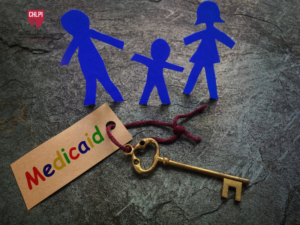On November 2, the Centers for Medicare & Medicaid Services (CMS) issued a final rule with exciting new Medicare payment policies for certain services addressing health-related social needs: (1) Social Determinants of Health (SDOH) Risk Assessment, (2) Community Health Integration (CHI) services to address unmet HRSN that affect the diagnosis and treatment of a patient’s medical problems, and (3) Principal Illness Navigation (PIN) services to help people with Medicare who are diagnosed with high-risk conditions identify and connect with appropriate clinical and support resources. More specifically, several new codes corresponding to these services have been added to the Physician Fee Schedule for calendar year 2024.
What is the Physician Fee Schedule? CMS reimburses physicians for care furnished under Medicare Part B based on the Medicare Physician Fee Schedule (PFS). In other words, Medicare uses the PFS to determine reimbursement for services including the professional services of physicians and other enrolled health care providers, services covered “incident to” physicians’ services, and certain diagnostic tests (i.e., diagnostic tests other than clinical laboratory tests). The PFS lists more than 10,000 unique covered service codes and their payment rates.
While the individual policies are summarized in greater detail in CHLPI’s summary here, there are several cross-cutting themes worth noting. First, CMS commentary and the reimbursement rules that attach to these newly recognized services emphasize a close connection between a patient’s clinical care and the delivery of HRSN services and supports. For example, control over the initiation of SDOH risk assessment, CHI services, and/or PIN services rests firmly with Medicare Part B practitioners. There is an expectation that HRSN interventions will be responsive to and integrated into a patient’s care plan. Second, the final rule shows that CMS is trying to meet patients and communities where they are. Subject to some firm constraints, discretion is afforded on key aspects such as who can provide these services, how these services are provided, and how often these services can occur. Finally, CMS recognizes that these new services intersect with one another, and that these services intersect with other existing covered services, such as care management; the Agency has proactively tried to create sufficient flexibility for overlap. For example, even if an SDOH risk assessment occurs, SDOH needs can be further assessed as part of CHI or PIN services.
Read more about the upcoming changes here.


